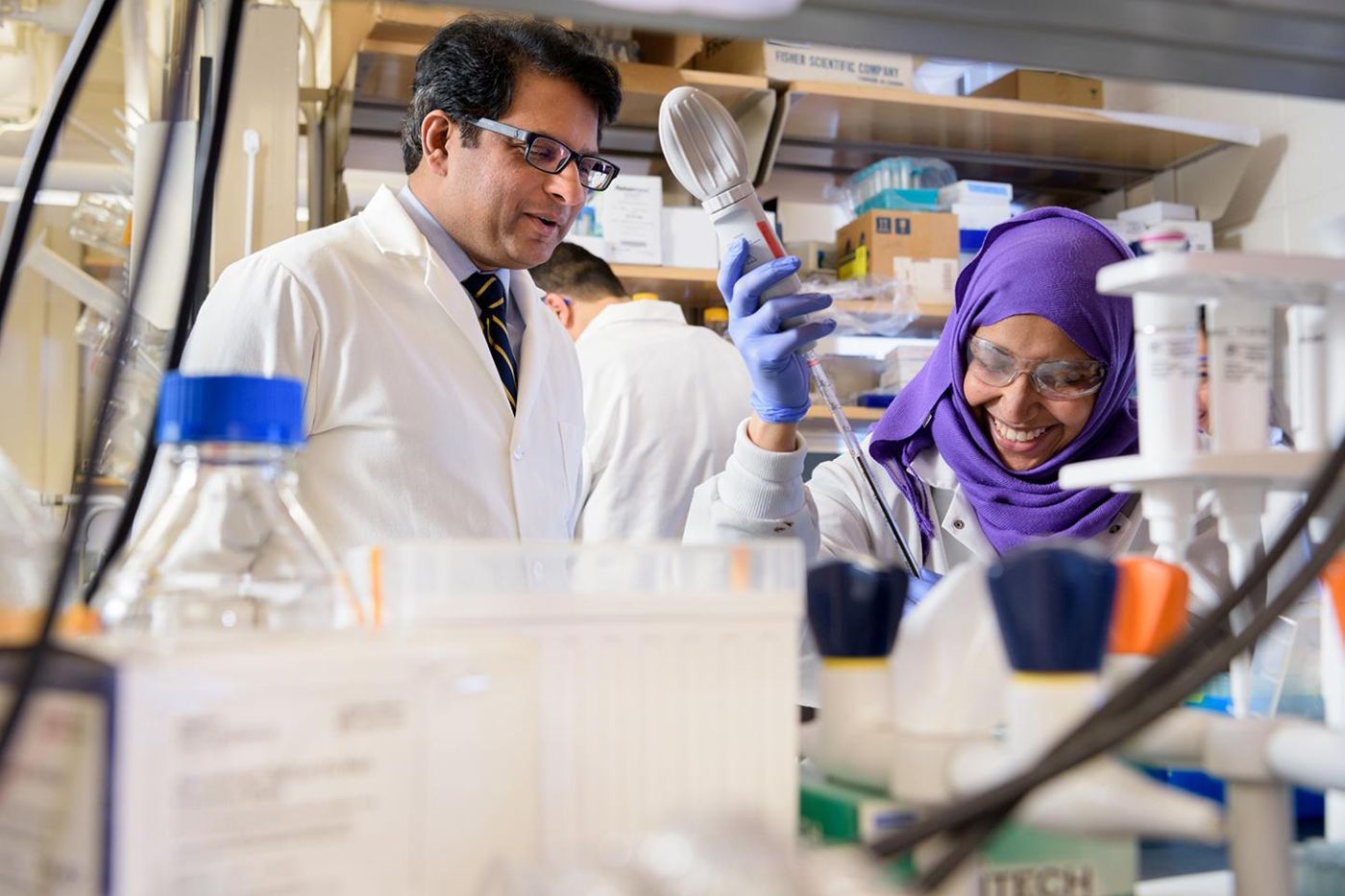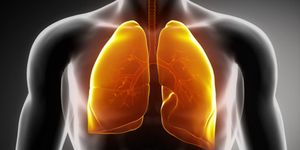For clear vision, the lens of the eye has to be perfectly unobstructed. As the lens forms during development, the cells behave strangely, degrading their nuclei and other parts of the cell. That's because if they don’t, those structures will block vision and cause cataracts at birth. Cataracts are typically found in the elderly and are a leading cause of blindness. Scientists did not know how these cells were able to trim the right parts, which are vital to other cell types, but in cells of the lens, their absence doesn't lead to any defects. Reporting in PLOS Genetics, researchers led by Salil Lachke, a University of Delaware biologist, have uncovered the mechanism behind the process in several model organisms. In addition, they show that the same mechanism impacts cell division, and can reveal more about cancer growth.
"Scientists and philosophers have long wondered at the beauty and complexity of the vertebrate eye," Nobel Laureate Craig Mello wrote after reading Lachke's article. "How has evolution assembled this amazingly complex organ? Dr. Salil Lachke at the University of Delaware has been systematically searching for answers to this question for many years."
The investigators identified a protein, Celf1, that attaches to RNA, a molecule that takes genetic information and gets it translated into proteins. Celf1 is essential to the process that breaks down cell structures during eye development and helps control how cells specialize.
Mello said that Lachke "reveals how building the eye actually requires de-constructing the internal, opaque, structures inside the cells that form the lens, including destroying the DNA itself."
The cell also has to know when to turn the degradation off. "Isn't that sort of a counter-productive thing to do - destroying the one thing that keeps it alive?" Lachke queried. "It's almost like arrested cell death. In normal cell death, the body gets rid of the nuclei as well as the cell. But here, the lens wants to keep itself functional and does so by getting rid of the nuclei but still keeping the cells, which act as bags filled with 'crystallin' proteins that effectively refract light.”
Celf1 interacts with RNA molecules, ensuring that the envelope of the nucleus can be broken open in the lens cells, and subsequently degrades the DNA they contain. Light can then penetrate the eye and reach the retina unobstructed. In the absence of the Celf1 protein, major eye dysfunction results.
"The whole process is very complicated and regulated very tightly," said co-author Archana Siddam, a recent doctoral recipient from Lachke's lab. "And this project sheds light on the molecular mechanism behind this complex process. We knew the lens gets rid of the nucleus, but we didn't know the control mechanism. This sheds light on how exactly it is degraded, what genes are involved and that Celf1 is the factor that orchestrates the whole process."
The investigators also found that Celf1 helps ensure the even distribution of DNA to the daughter cells that are created after cell division. That information will inform cancer and cellular research.
"This is relatively unexplored territory," Lachke added. "Of about 1,500 RNA-binding proteins, fewer than 100 are currently known to be directly linked to disease. We have now linked Celf1 to cataract eye disease. This will inform ophthalmic geneticists to look closely at Celf1 for possible mutations in individuals with cataracts at birth, and it will also inform cancer biologists to look into Celf1 as a candidate that can impact key factors involved in cancer."
Sources: AAAS/Eurekalert! Via University of Delaware, PLOS Genetics




![Master Lab Weighing: Accuracy, Compliance & Audits [eBook]](https://d3bkbkx82g74b8.cloudfront.net/eyJidWNrZXQiOiJsYWJyb290cy1pbWFnZXMiLCJrZXkiOiJjb250ZW50X2FydGljbGVfcHJvZmlsZV9pbWFnZV85MWRmZmRjMDIwNDBlMWJjMzYwN2ZiYWY2ZjI4ZGMzYzBmZGMwZGMyXzkxOTcucG5nIiwiZWRpdHMiOnsidG9Gb3JtYXQiOiJqcGciLCJyZXNpemUiOnsid2lkdGgiOjcwMCwiaGVpZ2h0IjozNTAsImZpdCI6ImNvdmVyIiwicG9zaXRpb24iOiJjZW50ZXIiLCJiYWNrZ3JvdW5kIjoiI2ZmZiJ9LCJmbGF0dGVuIjp7ImJhY2tncm91bmQiOiIjZmZmIn19fQ==)





